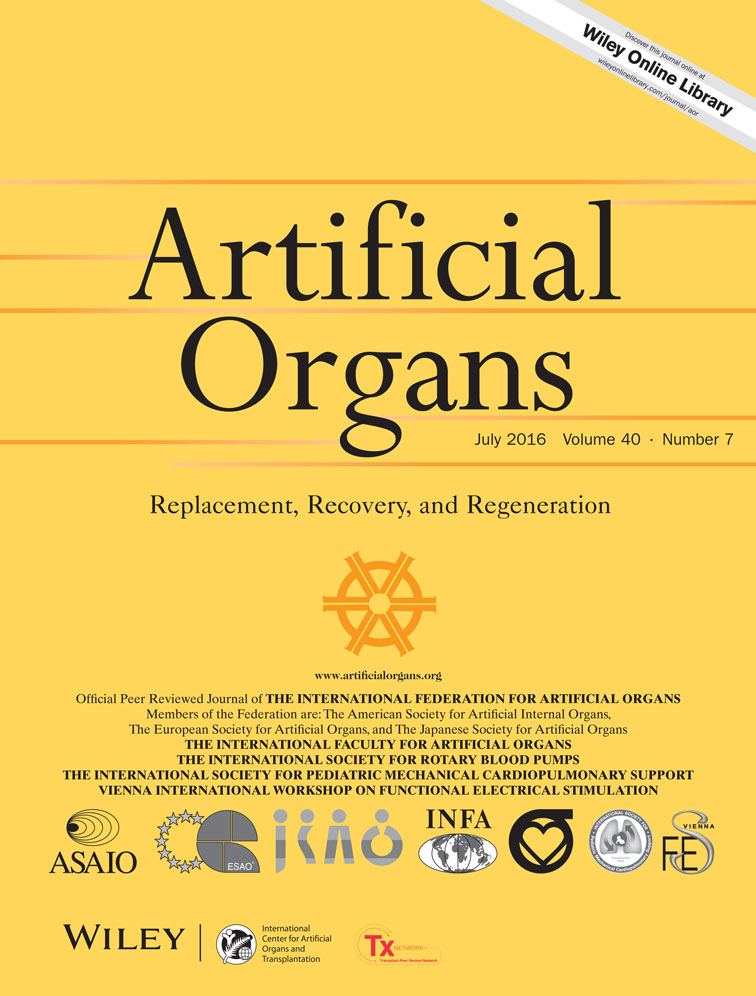The Coagulative Profile of Cyanotic Children Undergoing Cardiac Surgery: The Role of Whole Blood Preoperative Thromboelastometry on Postoperative Transfusion Requirement
Abstract
The objective of this study is to evaluate the preoperative coagulation pattern and its association to postoperative blood products transfusion in children with congenital heart disease (CHD), focusing on cyanotic patients (oxygen saturation, SATO 2 < 85%). From January to August 2014, preoperative standard coagulation tests and rotational thromboelastometry assays were performed on 81 pediatric patients (<16 years old) who underwent surgery for CHD with the aid of cardiopulmonary bypass. Sixty patients (74%) were acyanotic and 21 (26%) cyanotic. Mean age at time of surgery was 7.9 months (interquartile range 2.9–43.6 months). Cyanotic patients had a significantly higher hematocrit (P < 0.001), a reduced prothrombin activity (PT) (P = 0.01) level, and a lower platelet count (P = 0.02) than acyanotic patients. An inverse linear association was found between patient's SATO2 and clot formation time (CFT) (INTEM, P = 0.001, and EXTEM, P < 0.0001). A direct linear association was found between patient's SATO2 and maximum clot firmness (MCF) (INTEM, P = 0.04, and EXTEM, P = 0.05). Preoperative cyanosis was also associated with a lower median MCF in FIBTEM (P = 0.02). Cyanotic patients required more frequent postoperative transfusions of fibrinogen (7/21 patients, 33% vs. 4/60 patients, 6.7%, P = 0.01) and fresh frozen plasma (14/21, 67% vs. 25/60, 42%, P = 0.08). Patients with a lower presurgery PT and platelet count subsequently required more fibrinogen transfusion P = 0.02 and P = 0.003, respectively); the same goes for patients with a longer CFT (INTEM, P = 0.01 and EXTEM, P = 0.03) and a reduced MCF (INTEM, P = 0.02 and FIBTEM, P = 0.01) as well. Cyanotic patients showed significant preoperative coagulation anomalies and required a higher postoperative fibrinogen supplementation. The preoperative MCF FIBTEM has become an important factor in our postoperative thromboelastometry-guided transfusion protocols.




